Paving the way for a new era: Mezmo's Active Telemetry
The world of software development has fundamentally changed. We've moved from monthly releases to continuous delivery measured in minutes, and the rise of AI means velocity is no longer just a goal—it's a requirement for survival. But this relentless speed has exposed a critical flaw in how we approach observability.
The industry relies on a "store first, ask questions later" model where you collect every log, metric, and trace, and then hope to find the root cause when something breaks. It's an architecture built for a different time where data was presented to be managed and analyzed by focused groups of humans. Today, it's a bottleneck.
This passive model creates a vicious cycle. The sheer volume, velocity, and variety of data lead to:
- Noise: Developers are forced to sift through endless logs and alerts, crippling their ability to troubleshoot quickly.
- Cost: Platform teams are spending a significant portion of their budget storing data that may never be used.
- Inefficiency: AI agents, which are supposed to accelerate our work, are fed low-quality, uncontextualized data, making them slow and ineffective. We're now facing an architectural problem that requires a new way of thinking.
Introducing Active Telemetry
I'm excited to announce our answer to enable AI-driven observability: Active Telemetry.
This isn't just an update; it's a new approach to observability that taps into your logs, metrics, and traces the moment they're generated. It’s about engaging with your data in real time, before it’s stored.
The Mezmo Active Telemetry Platform is built on three pillars that redefine the relationship between developers, SREs, Agents and their data:
- Active Engagement: This gives developers the autonomy to get the exact telemetry they need, precisely when they need it, whether it’s consumed in their IDE, MCP, or through Memzo’s UI. No more waiting on a platform team. Now developers can pull live, high-fidelity data on their own, cutting through the noise.
- Active Routing: This allows teams to direct telemetry with intent. You can feed your downstream systems, including your AI agent, only the relevant, contextualized data they need to perform, which slashes costs and reduces downstream noise.
- Active Analysis: This enables intelligent, in-stream decisions about your data. We can identify what's valuable, achieve the right level of cardinality, and detect issues through live tailing as telemetry is being created.
The result is a revolution in how teams operate. Mean Time to Resolution (MTTR) drops because troubleshooting is faster. Observability costs plummet by 70-90% because you’re no longer hoarding useless data.
The new face of Mezmo: Get "aha" momentum
To mark this new foundation, we’ve launched a new brand identity. You'll see a fresh aesthetic, modern colors, and a new logo that visually represents our vision.
This direction embodies the "aha!" moment of insight and the burst of momentum that comes with it. It’s a visual representation of the value we deliver: sparking clarity in a world of data chaos. Our new color palette connects deeply with the dynamic, real-time flow of telemetry, representing a fresh perspective on a market that has been stuck in the past.
We're moving beyond passive, reactive monitoring to a world of active, proactive AI-driven observability. This is a fundamental shift. Mezmo is the telemetry backbone that ensures your operational capabilities keep pace with modern requirements.
Learn more at Mezmo.com.
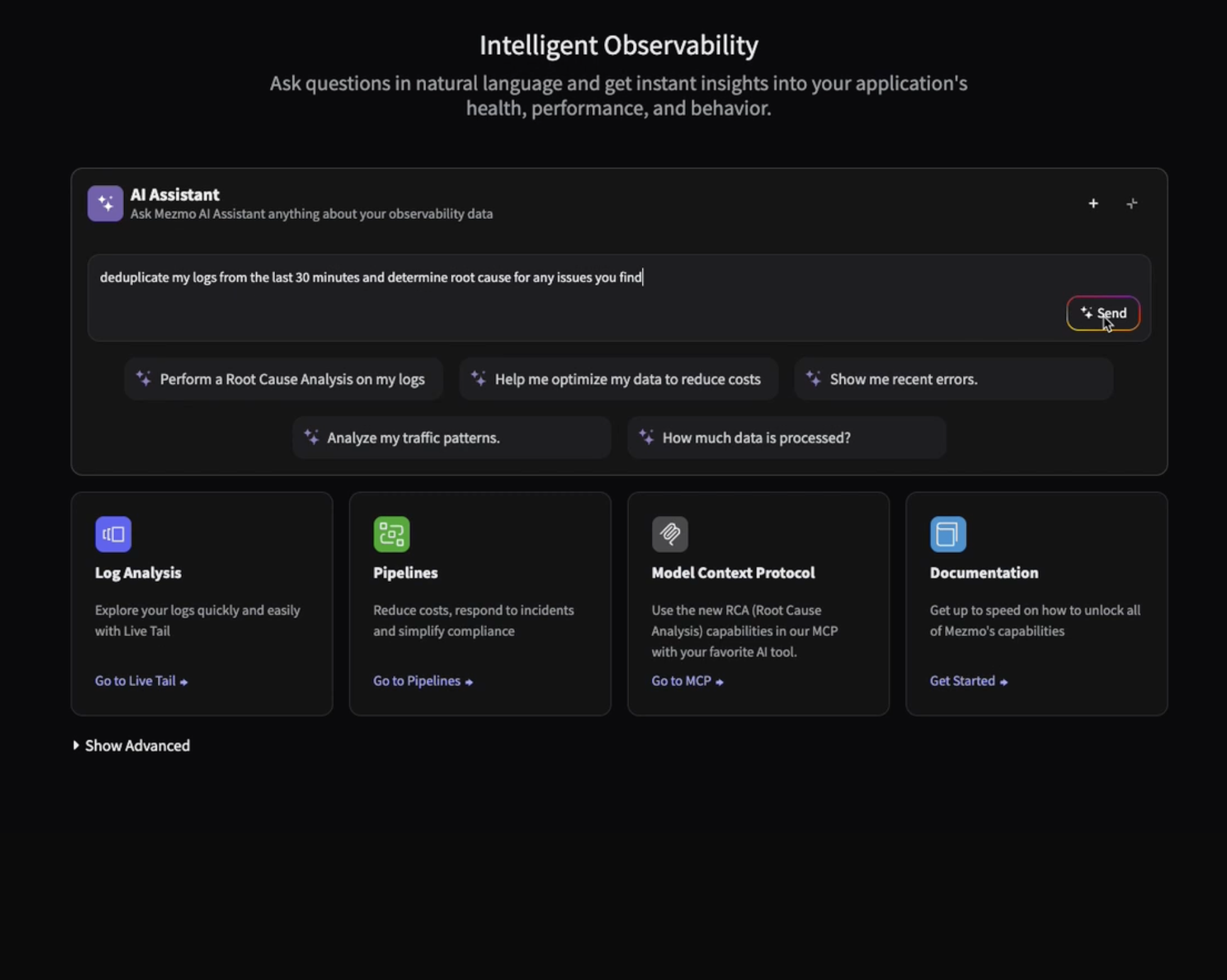
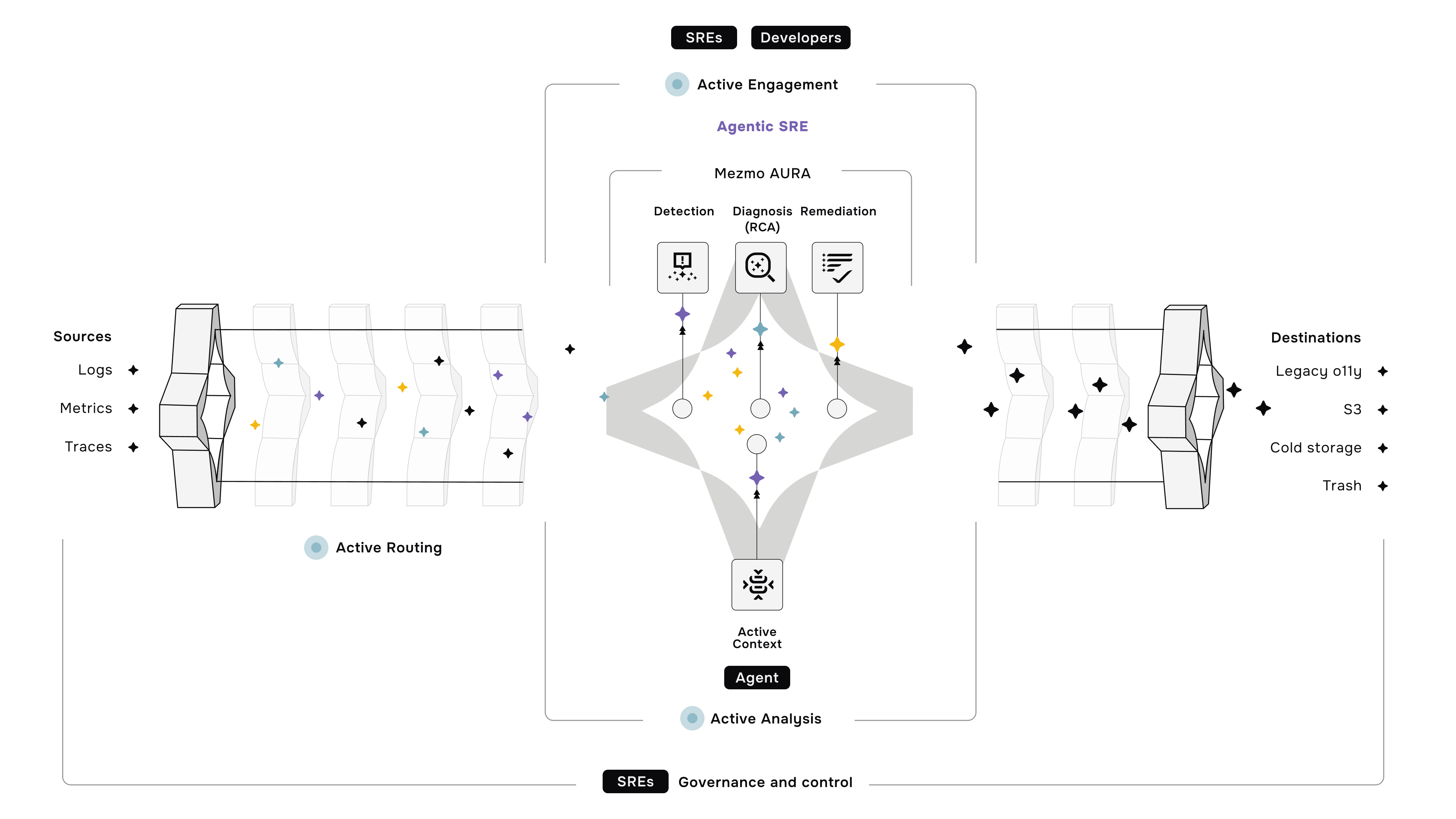

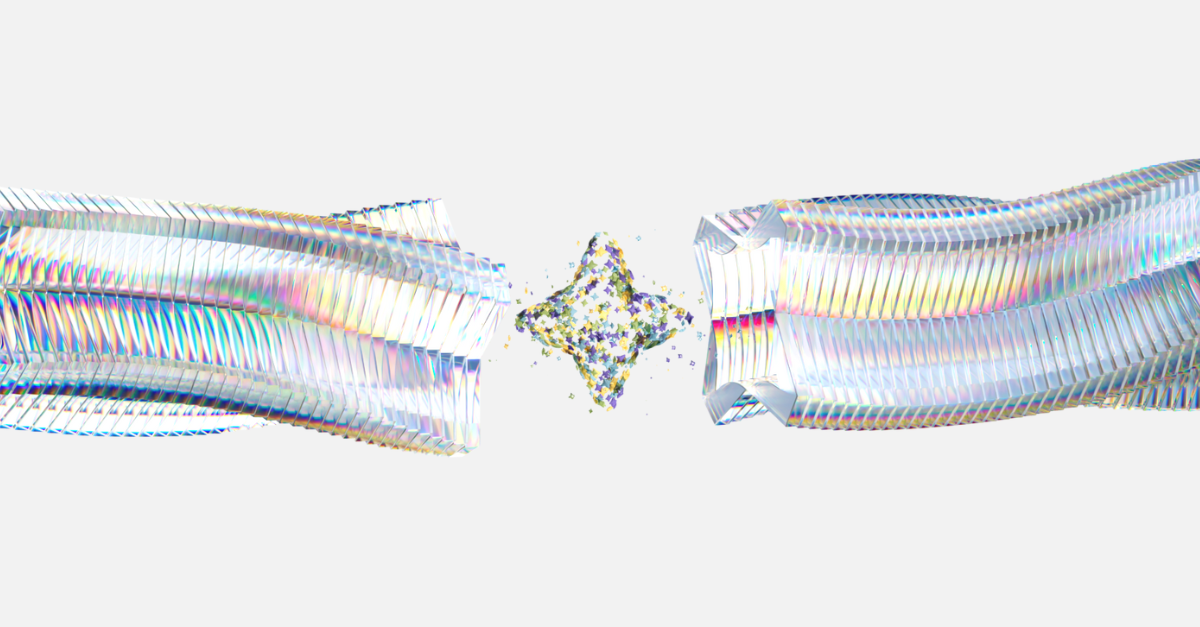




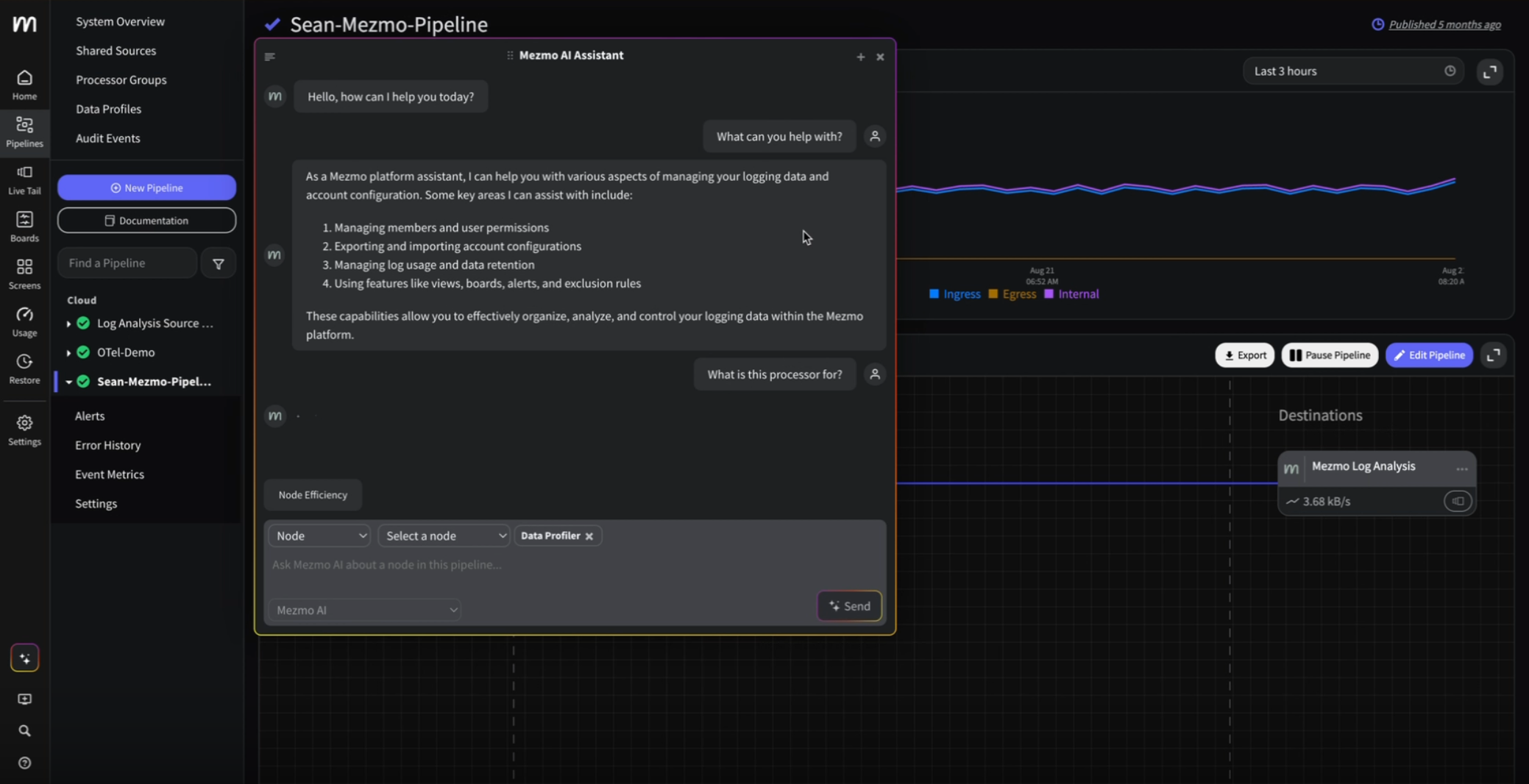
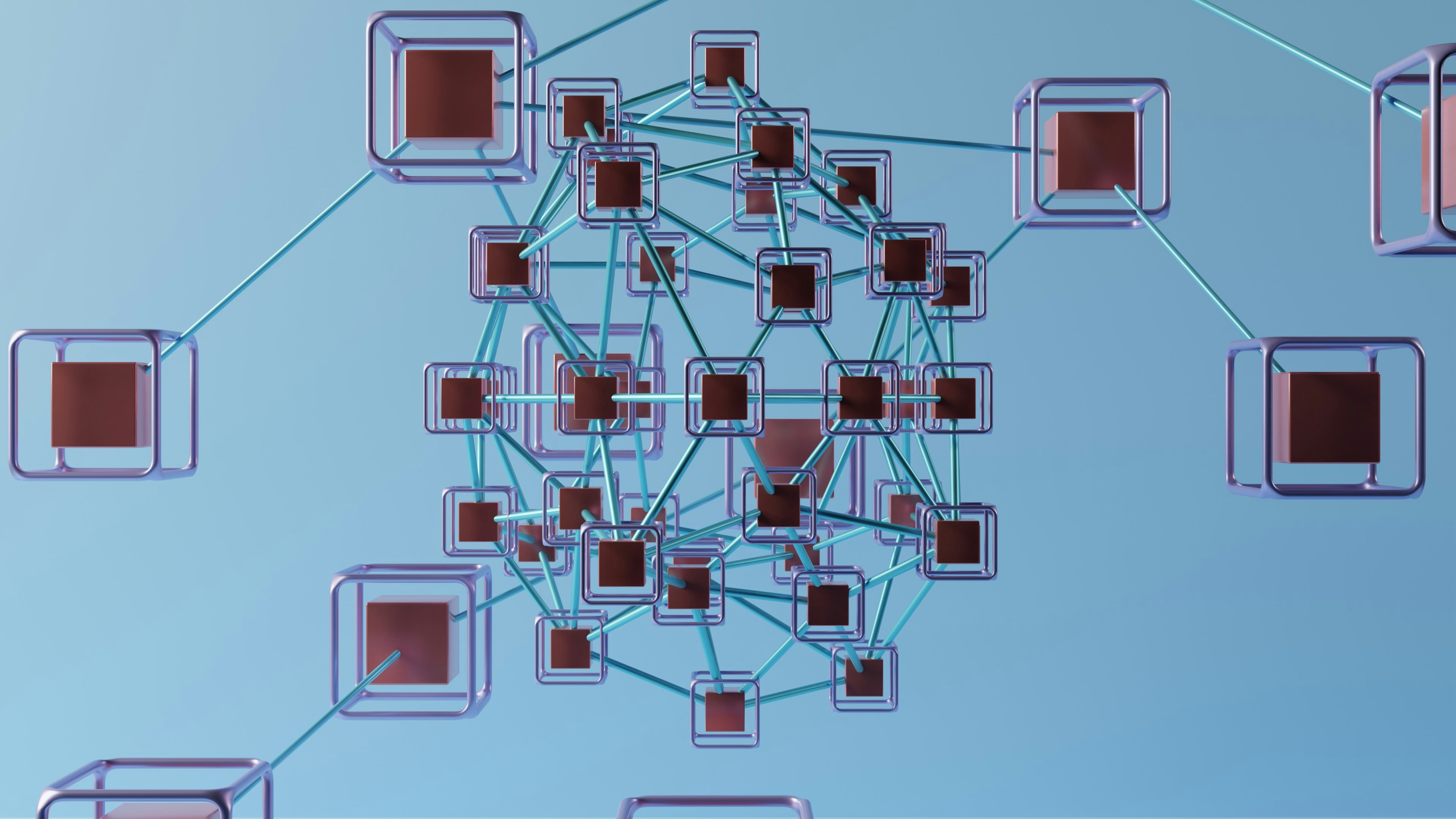

.png)




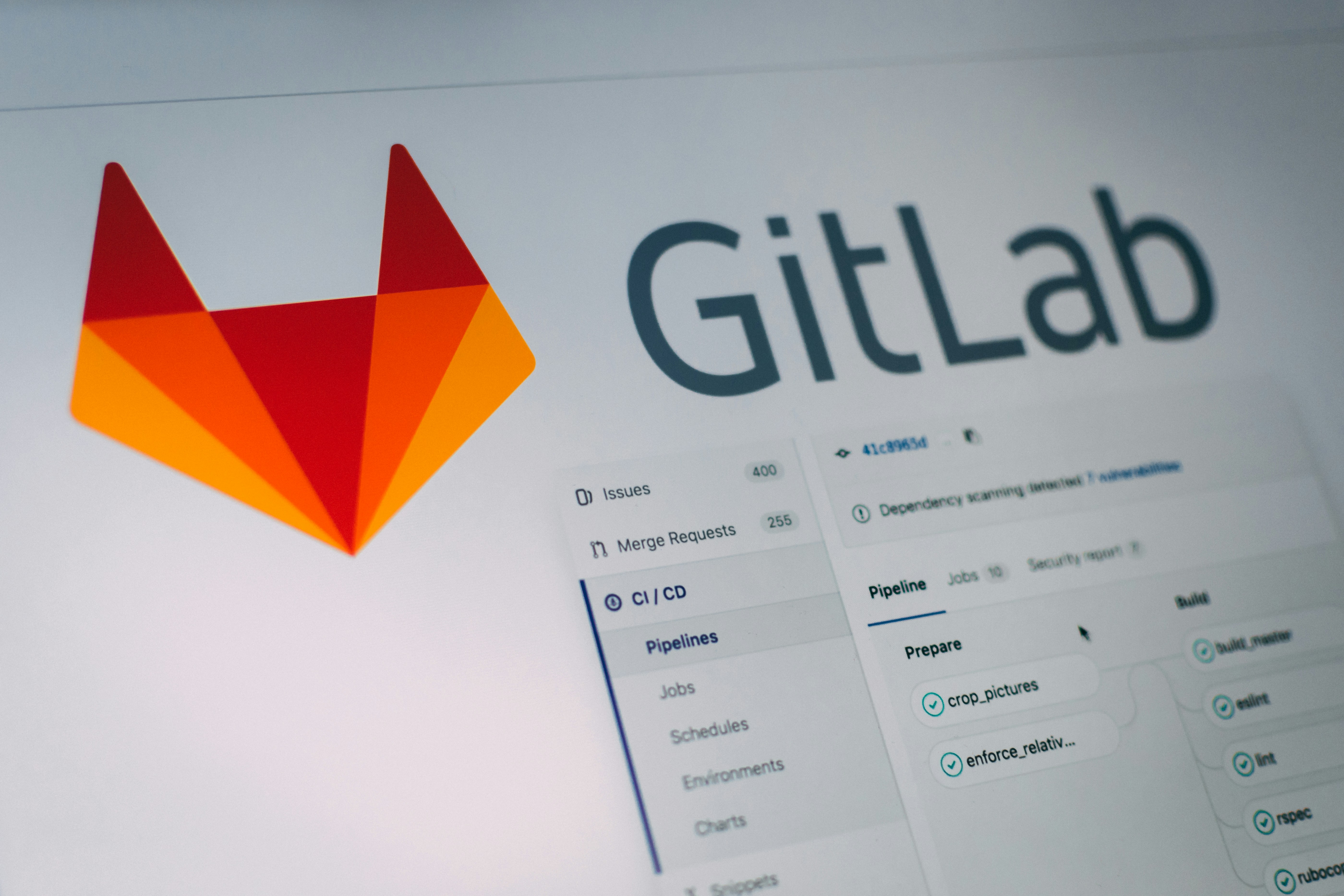
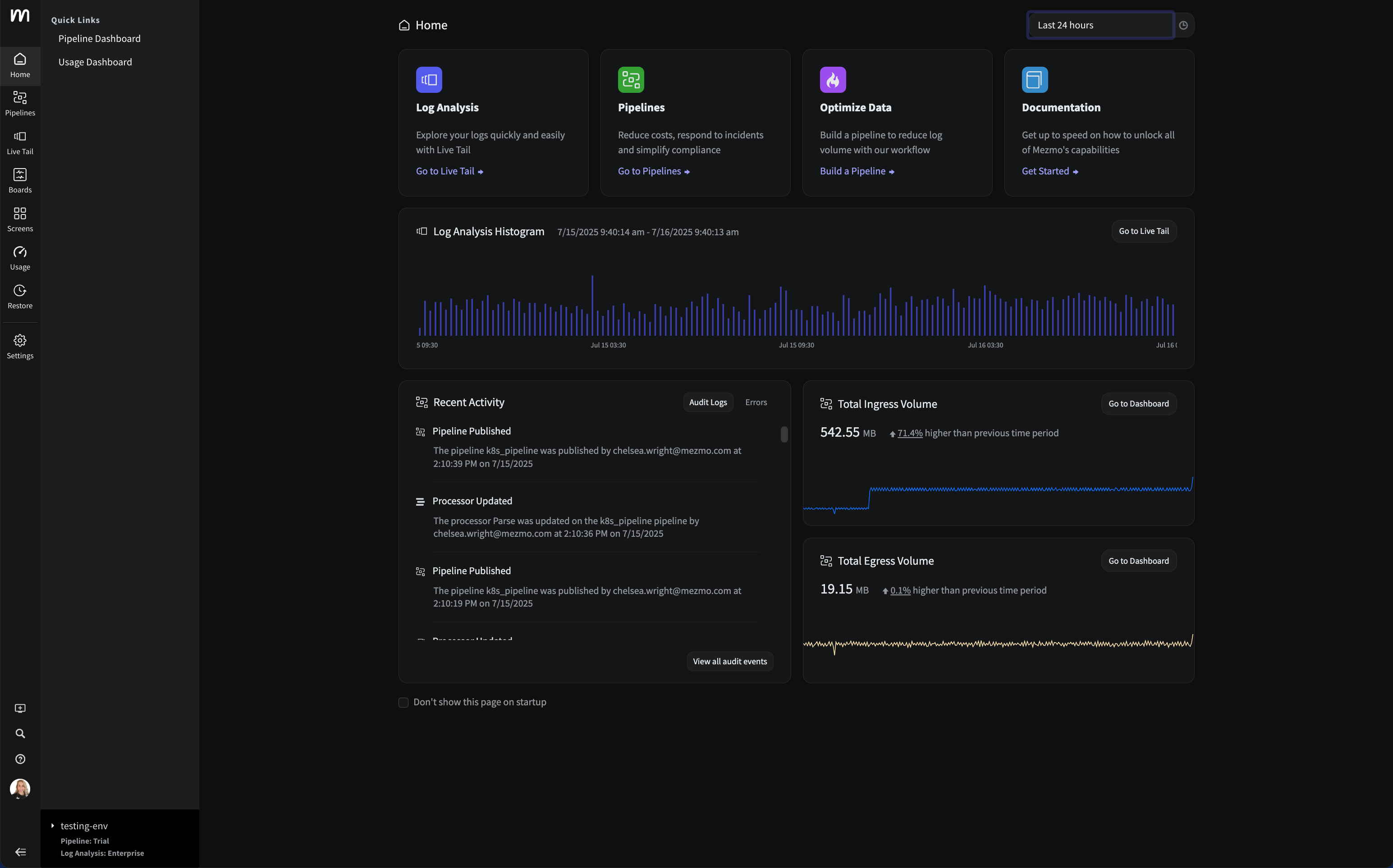


















.png)




































































